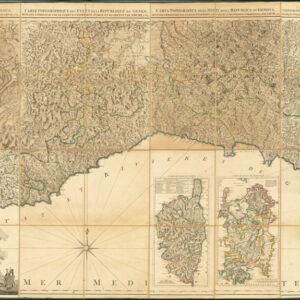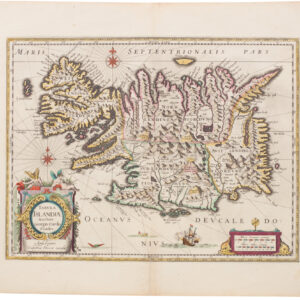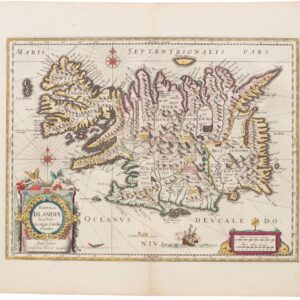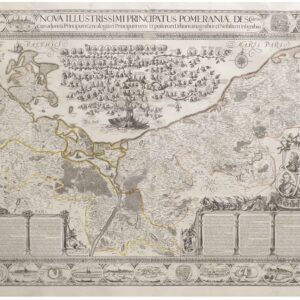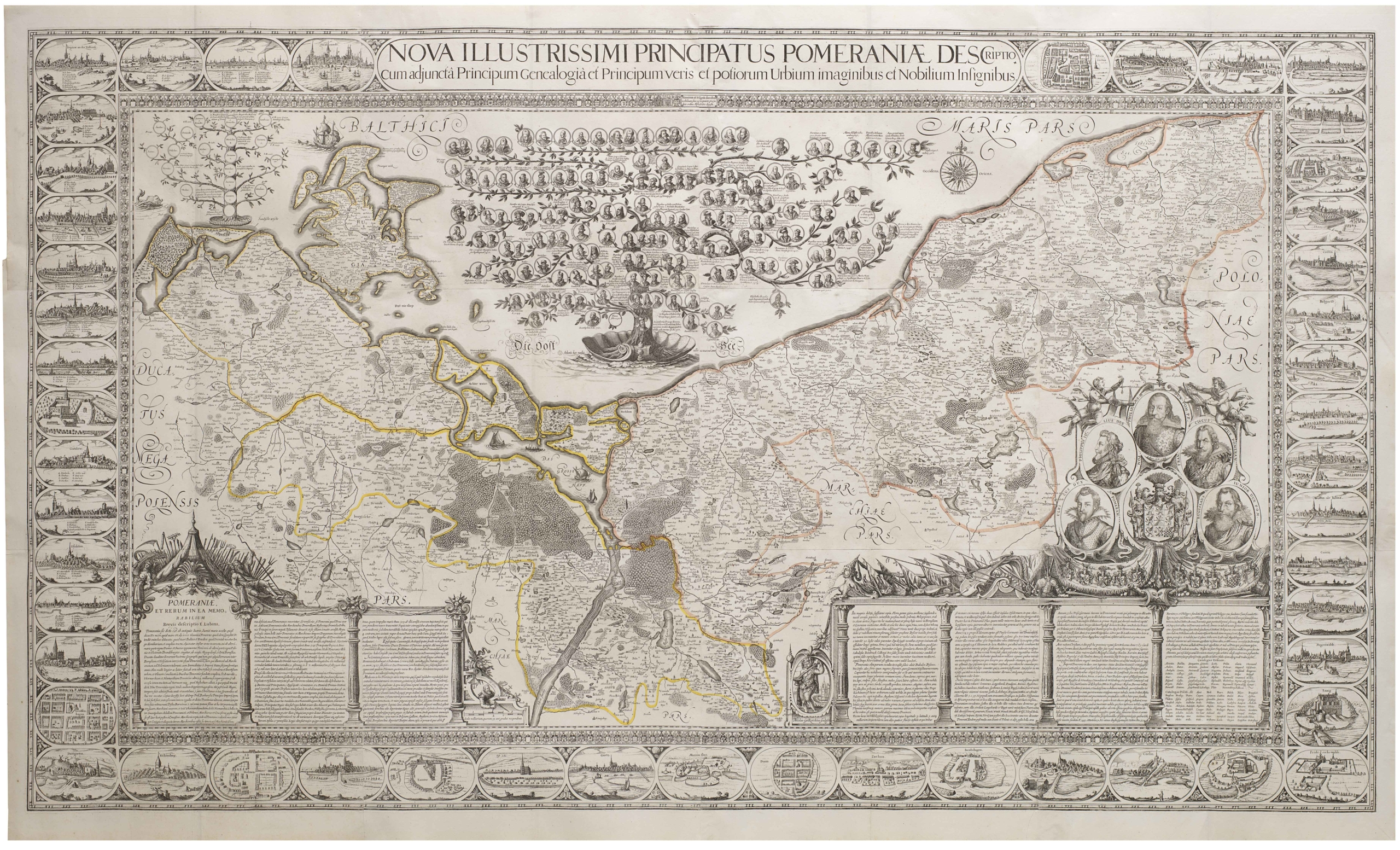World War II hydrographic chart used for planning the British D-Day landing at Sword Beach in Normandy.
“SWORD AREA” BEACH CHARTLET. Enlargement of Portion F.1016
$1,850
1 in stock
Description
Operation Neptune, also known as ‘D-Day,’ was a joint mission, planned and executed with staunch British support. British troops executed a number of beach landings on that fateful day. They landed at five different locations in the early morning hours. Of these, Sword Beach was the largest and most important landing site, stretching from Ouistreham to Saint-Aubin-sur-Mer. Landing here meant seizing control of the mouth of the Orne River, but more importantly, it secured the necessary foothold to launch an immediate attack on the garrisoned city of Caen, some 15 kilometers inland.
The primary goal of the Sword Beach attack was to quickly outflank and destroy the German machine-gun nests and fortified positions along the coast, so that The British Army could move on Caen without delay. The idea was to cut off support to the German positions on the coast, thus increasing the chances of a successful landing by the Americans.
Sword Beach stretched eight kilometers and was during the invasion subdivided into four distinct sections (Oboe, Peter, Queen and Roger). Being a chart made for planning the invasion, the subdivision of Sword Beach is also visible on the chart, albeit in the tripartite subdivision of Green Beach, White Beach, and Red Beach. The landing on Sword Beach began at 07.25 in the morning, but was only met with limited resistance. Less than an hour after the landing, the beaches had been secured and the fighting pushed inland. A German armored contingent of one hundred tanks was sent from Caen to repel the British attack. This suffered massive casualties and soon was halted, but it did prevent British soldiers from taking Caen in the first days of the invasion.
On that historic day in June of 1944, Operation Neptune landed no less than 28.800 British troops in France, losing “only” 630 men in the attempt. It was the first in a series of decisive and hard-won victories that ultimately lead to the unconditional surrender of German forces 11 months later (May 7th 1945). To this day, Operation Neptune remains the largest amphibious mission in world history, landing more than 3 million troops in occupied France on a single day.
Details
The Hydrographic Office of the British Admiralty produced this chart as a chromolithograph in two colors. The Admiralty has been publishing detailed coastal maps for centuries, but those of this particular series stand out, as they relate specifically to the landing of Allied ground troops in Nazi-occupied France. Both sides knew that a successful landing essentially would mean the beginning of the end for Nazi Germany, and so meticulous care was given to its planning. And not only from the side of the Allies; indeed German maps of the region confirm how focused Hitler was on repelling any seaborne attacks. Consequently, the Germans had already in 1942 begun fortifying the French coast with a string of battlements and fortifications known in unison as the Atlantikwall or Atlantic Wall.
The executor of this particular chart was Vice-Admiral Sir John Edgell, who had held the office from 1932. Edgell oversaw all of the mapping projects related to World War II, and paid special attention to the charts his office prepared for Operation Neptune and Overlord (the larger Allied mission to re-take France). He retired from his position upon the War’s completion.
The chart measures 45 by 69 centimeters (18 x 27 in.), and was part of a greater whole comprised of dozens of similar charts that would line up to form detailed renditions of the French Atlantic coast. In this particular chart, we see the stretch of coast around Ouistreham, a Calvadosian port at the mouth of the Orne River. The areas being considered for the landing lie immediately to the west, near the village of la Breché, and have been marked out in red color and labeled Red Beach, White Beach and Green Beach respectively. Extending into the water from the selected beachheads, we find an overprinted red line that shows the axis, which the British had secretly mine-swept in preparation for the invasion. Both the terrene and maritime spheres are extremely detailed, revealing the obvious functional nature of this chart. Road networks, villages and other important infrastructure, such as the Orne Canal, are all clearly mapped out, facilitating a detailed invasion plan from this chart. In the water, soundings are ubiquitous, just as coastal shoals and the dispersal of riverine sediments are clearly marked on the map.
The map has been equipped with a fixed grid system, allowing it to be easily connected to its associated charts. Along its edges are a number of annotations worth noting: At the base of the chart we find the note that it was ‘Issued for Fleet purposes by the Hydrographic Department of the British Admiralty on February 18th 1944 under the Superintendence of Sir John Edgell K.B.E., C.B., F.R.S., Hydrographer’, next to which this particular chart’s code is noted (F.1016C*). The annotation is of some importance as it underlines the military nature of this chart. It was, in other words, issued specifically for the purpose of planning the invasion of the continental mainland.
Moving from left to right along the top of the chart, we find first the Royal Hydrographer’s logo, then the chart’s official title (noted above), followed by a 1:37.500 scale in both meters and yards, and finally a warning regarding the secretive nature of the chart.
Ultimately, this is an amazing and extremely rare piece of World War II memorabilia that brings the crucial turning point in World War II to life. Sword Beach was undoubtedly the most important landing place for British Troops, and they were in turn instrumental in stopping the advance of the armored garrison from Caen. While the Brits have taken a backseat to the Americans when it comes to reaping the praise and respect for the daring venture, things may have gone very differently for the Americans that day had the Brits not done their job so efficiently and taken Sword Beach.
Cartographer(s):
The United Kingdom Hydrographic Office is the British Admiralty’s agency for creating and supplying hydrographic and marine geospatial data. The Admiralty’s first Hydrographer was Alexander Dalrymple, who was appointed in 1795 on the order of King George III. Among his tasks was cataloguing the existing charts into a royal cartographic library. Dalrymple was succeeded in 1808 by Captain Thomas Hurd, under whose stewardship the department was given permission to sell their maps to the public. By 1825, more than seven hundred different charts and coastal views were for sale from the Hydrographic Office.
In general, hydrographers have played a key role in the development of cartography. It was hydrographers who first began calculating the effects of magnetic declination on navigation, and hydrographers who drew the first maps that tried to compensate for this effect in their rendition. The British Hydrographic Office introduced a number of important features, such the use of an eponymous scale or the inclusion of tide tables in nautical charts, which soon became standard features. The Hydrographic Office also mounted or co-sponsored along list of expeditions across the globe, including Charles Darwin’s voyage with the HMS Beagle.
Condition Description
Light dust soiling at the upper margin.
References
Hydrographer of the Navy: Retirement of Vice-Admiral Sir John Edgell, K.B.E., C.B., F.R.S. Nature 155: 628. (1945).
Ford, Ken D-Day 1944 (3): Sword Beach & the British Airborne Landings. Bloomsbury: London. (2011).
Rose, Edward P.F., Jonathan C. Clatworthy & C. Paul. Specialist Maps Prepared by British Military Geologists for the D-Day Landings and Operations in Normandy, 1944. The Cartographic Journal 43,2: 117-143 (2006).
Stewart, Andrew. Caen Controversy: The Battle for Sword Beach 1944. Helion & Company: Warwick (2014).
